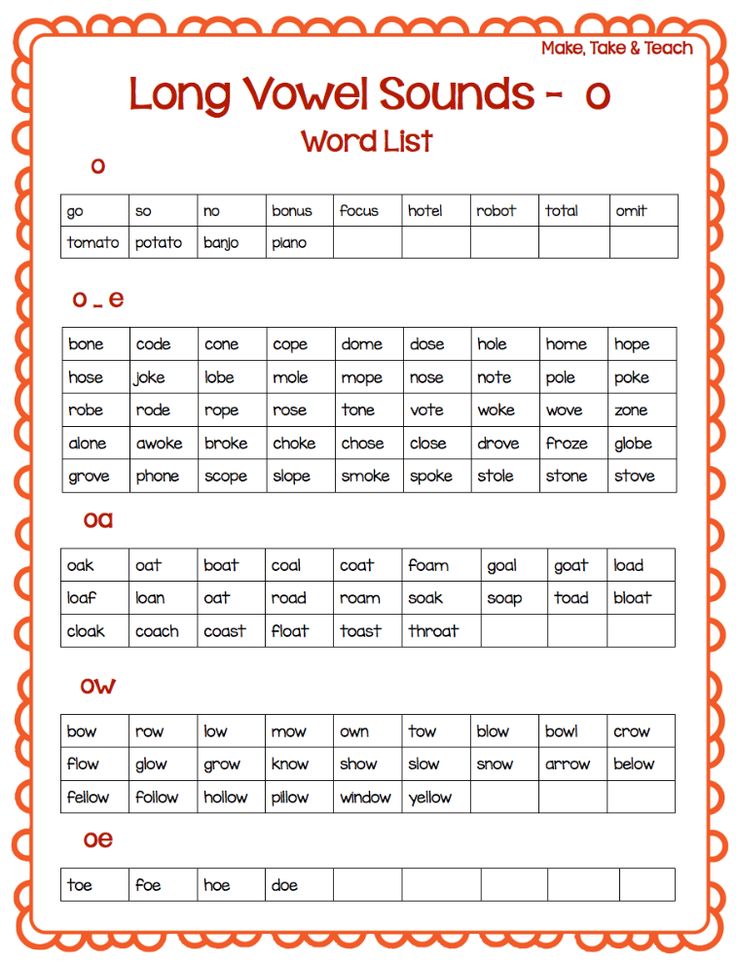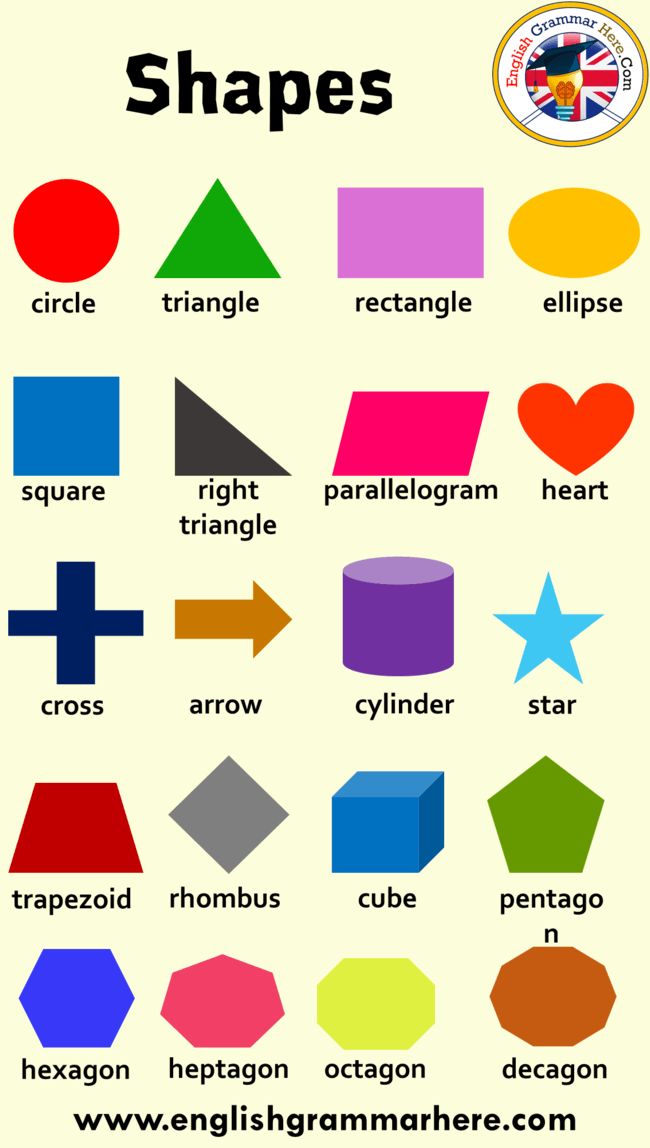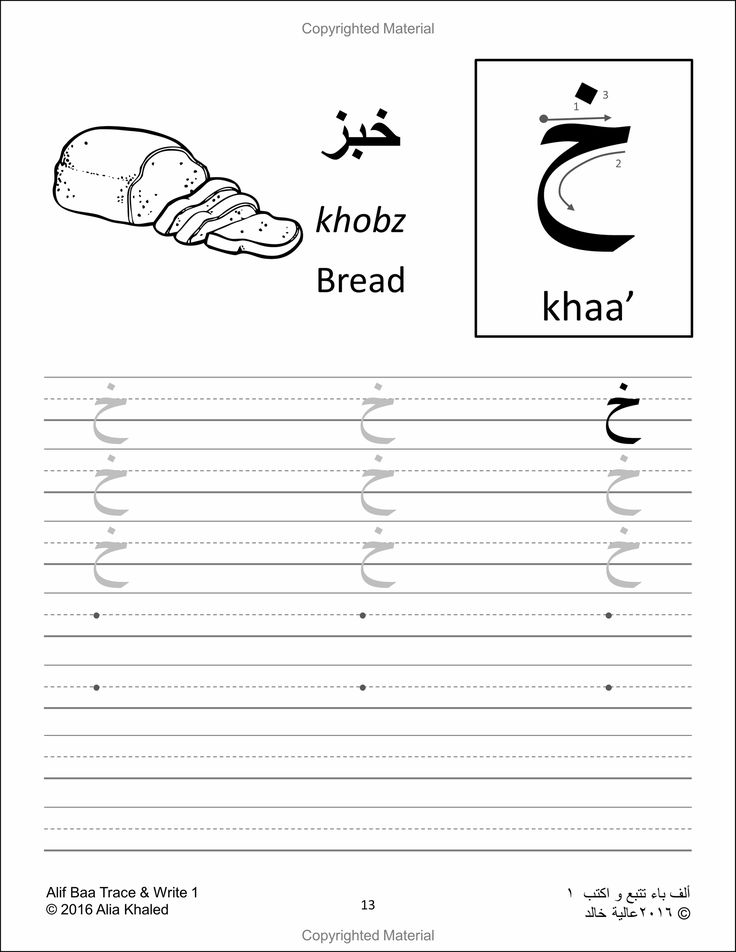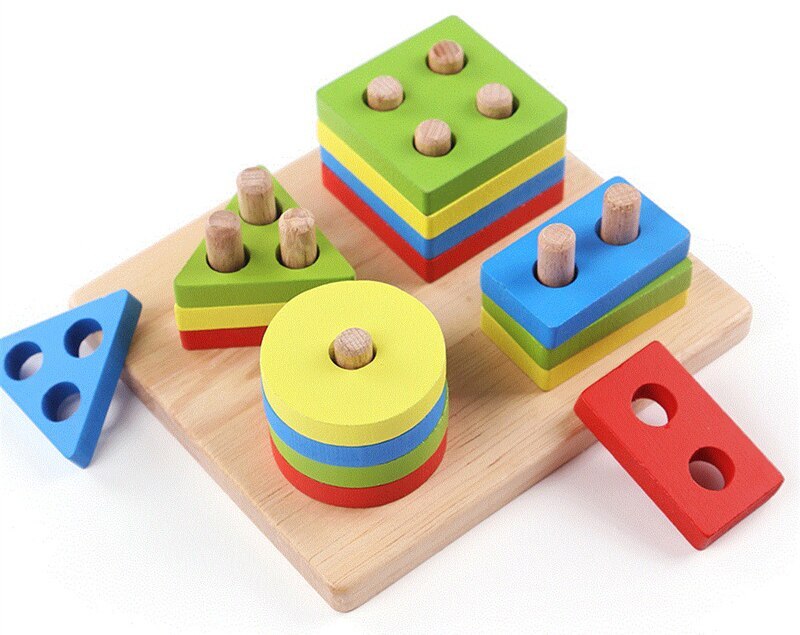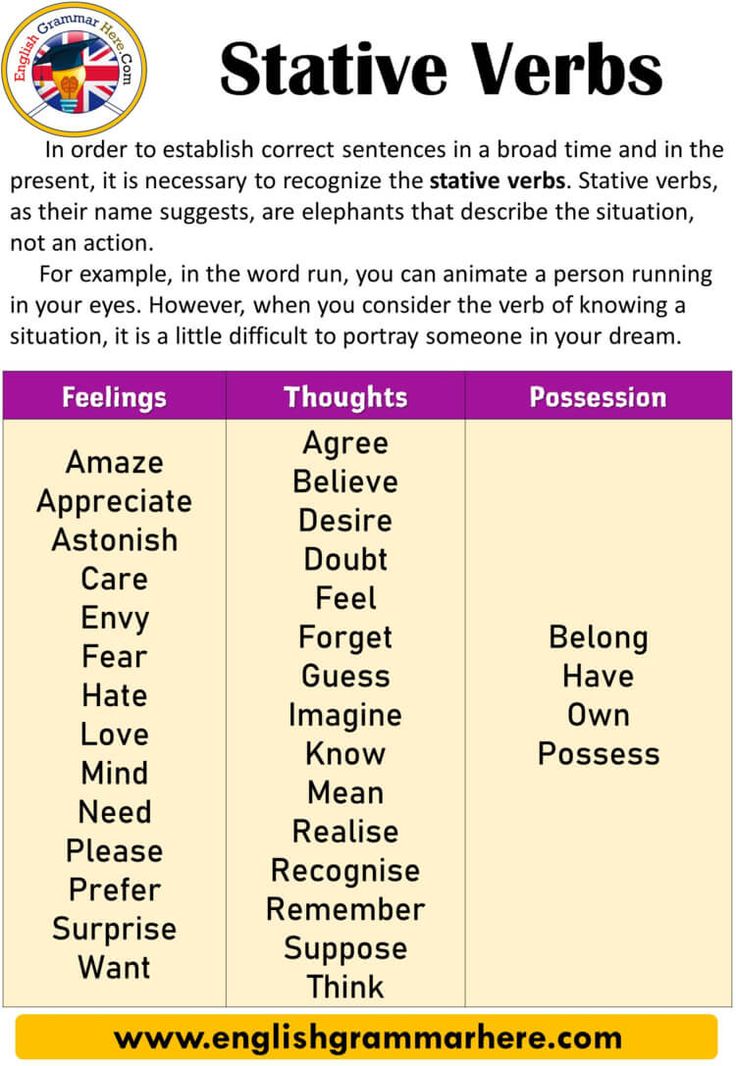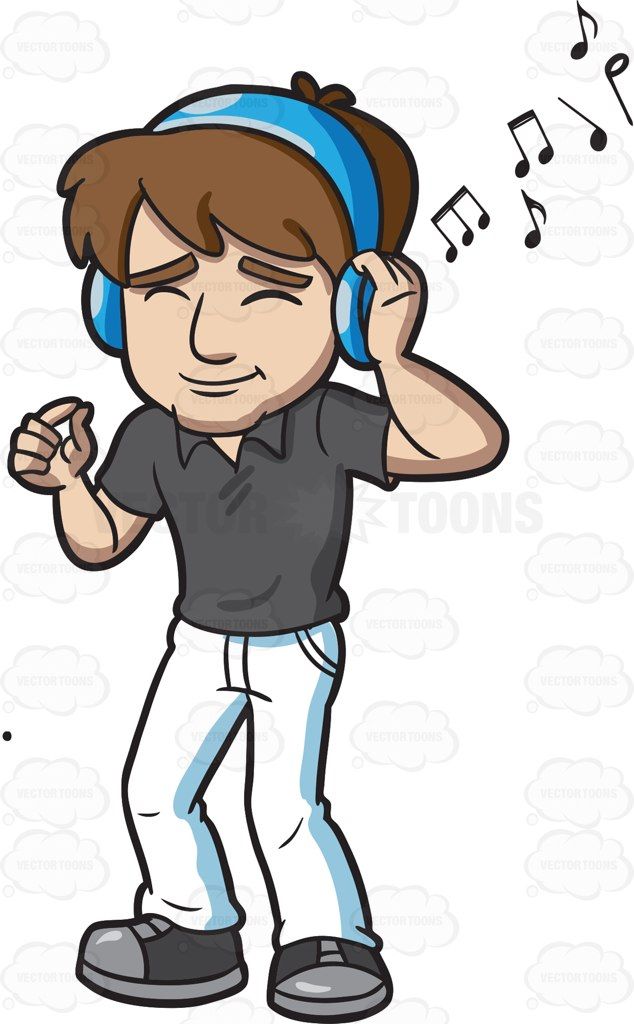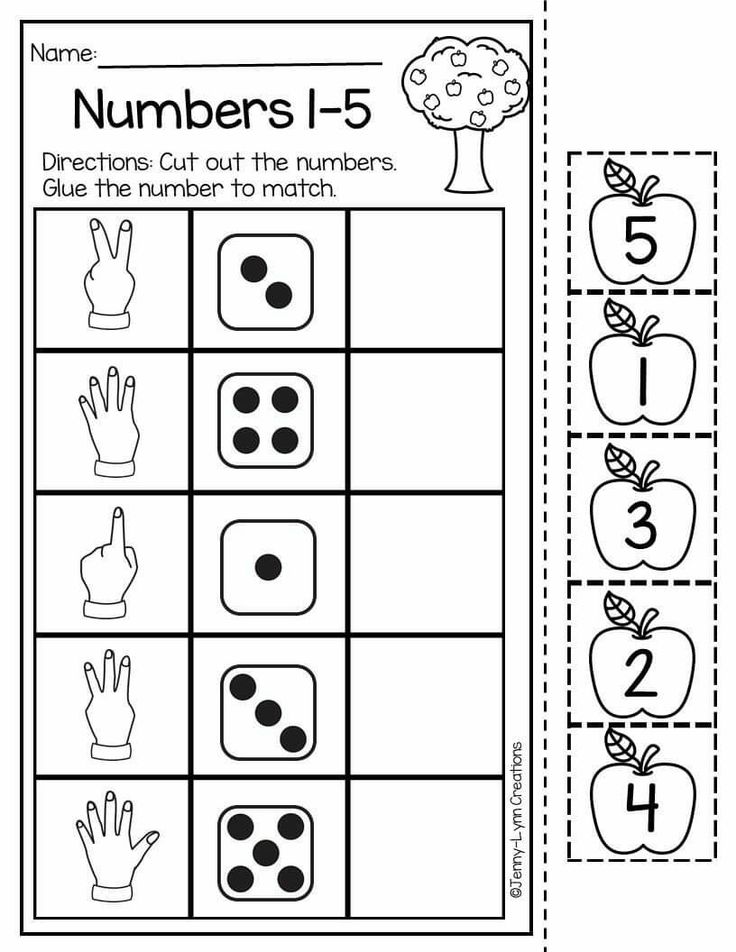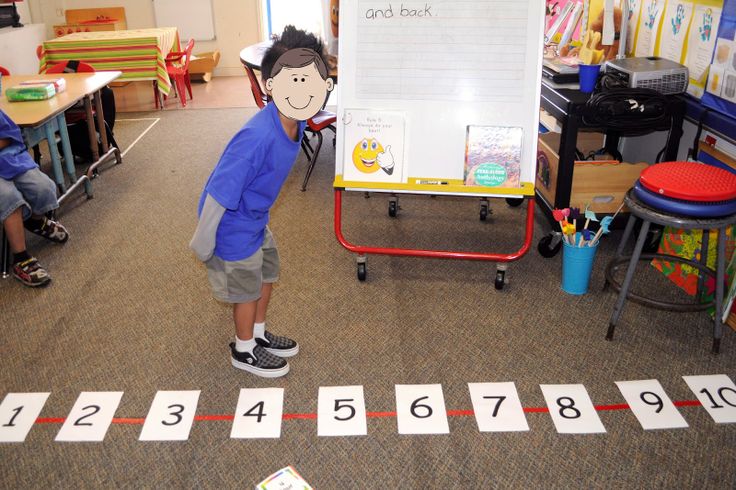Short a sound list
Short a Sound Word List Printable Activities and Worksheets
CVC Words Activities • First Grade • Free Worksheets • spellingApril 29, 2022
by Yara
It is important for children to know their short vowels. Need some FUN activities for your short a sound word list? Vowels are these are the five letters that make up the majority of words in an English language. They are a, e, i, o and u.
>>> Grab the FULL phonics and spelling program for 1st grade right here. <<<Short a Sound Word List Printables and Worksheets FREEA Sound Words List
The short vowel sounds are represented by letters a, e, i, o and u. These letters represent the sounds that these vowels make when they are at the front of a word or syllable.
The letter y represents a vowel sound that is not one of these five short vowels.
Phonics is the understanding of the different sounds that letters make. Vowels are a type of sound in English.
Vowels come in 5 different sounds:
a, e, i, o, u.
Teaching Phonics Vowel Sounds
Teaching phonics vowels is an important skill for many children to learn. It helps them with reading, spelling and writing.
There are many different ways to teach phonics vowels. One way is through a letterbox lesson:
A letterbox lesson can be used to teach the phonics vowels by dividing the alphabet into three sections: A-E, F-J, K-O. Children can be asked to find each vowel in the first section and then move on to the next section when they are finished.
It’s also possible to teach the vowels through a song or rhyme:
Here’s one example of a song that teaches phonics vowels: “I’m a little white bunny/And I like green eggs and ham…
I personally LOVE teaching phonics through songs and hands-on printable games like this one where students build the words:
a short vowel activities and printablesShort a Sound Word List
Here’s a list of short a CVC words you can use with your students starting to learn all about short vowel sounds:
bat, cat, fat, jab, lab, nab, bad, dad, had, bam, dam, ham.
The list included in this FREE set below are:
am
at
sat
man
dad
mat
How to use this set of phonics CVC short a words:
Print the pages you want to work on. It includes a poster where you can add to the board or to a file folder:
You can also print out the rest of the printables to use throughout the week where students will trace the word with help then eventually independently.
More CVC Words Activities you might like:
- 10 Brilliant Low Prep CVC Activity Sheets for Any Kindergarten or Special Education Classroom
- CVC Words Kindergarten Rhyming Worksheets Hole Punch Cards!
- CVC Worksheet Reading Dice Game School Theme
- CVC Rhyming Words Distance Learning Boom Cards
CVC Words Short A Centers
Download your FREE set below. Please note however that:
- This is for personal and personal classroom use (to share this resource, please direct others to this post to grab their own free copy)
- This may NOT be sold, hosted, reproduced, or stored on any other site (including blog, Facebook, Dropbox, etc.
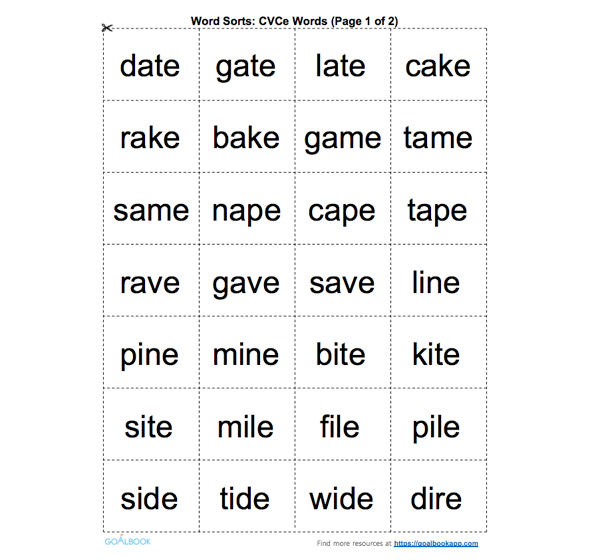 )
) - All materials provided are copyright protected. Please see Terms of Use.
- Graphics Purchased and used with permission
>>> Short A Words Printable Download <<<
FacebookPinterest
You may also like
List of Short Vowel Words
DESCRIPTION
pig illustration with list of short vowel words examples
SOURCE
Bullet_Chained / iStock / Getty Images Plus / via Getty created by YourDictionary
PERMISSION
Used under Getty Images license
The English language provides a list of short vowel words that seem to be never ending. A short vowel word is any word that doesn't allow the vowel within it to generate that vowel's long vowel sound.
For example, the word "bug" is a short vowel word because there's no long "U" sound. A word doesn't necessarily have to have three letters to be a short vowel word, but it makes for the easiest example and three-lettered words make up the bulk of any list of short vowel words.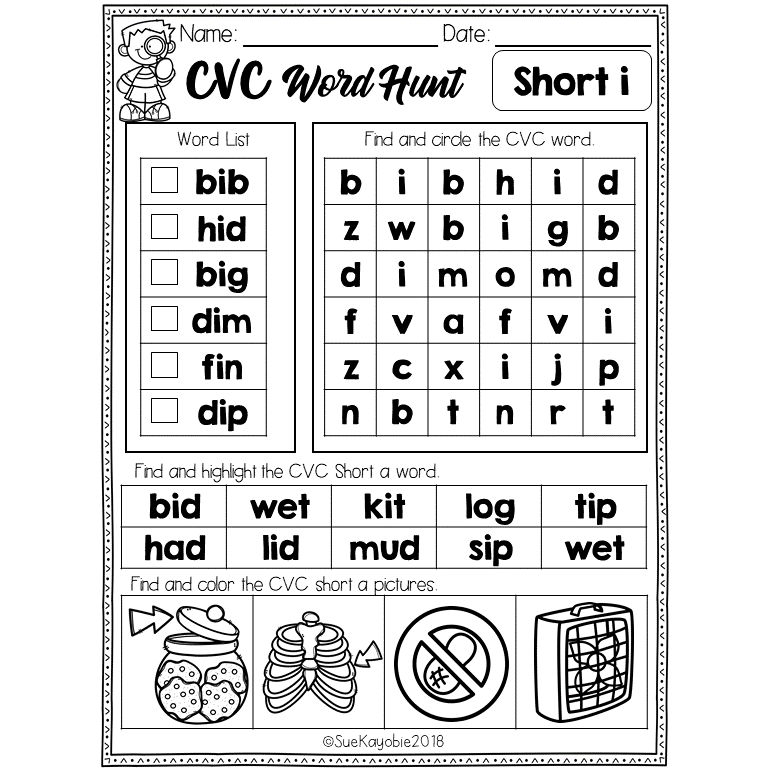 Let's take a look.
Let's take a look.
Short Vowel Sounds in Words
Here's the reason why words with only three letters typically make the short vowel sound. Three letters usually don't allow for a second vowel to force the long vowel sound out. Exceptions include words like "bee" or "tea."
These words use a second vowel to force the long vowel sound from the first one, while other words like "ant" or "mat" use the placement of consonants to force a short vowel sound.
But, here's an important point to keep in mind. The words listed below are short vowel sounds, not short vowel spellings. That is, just because a word is short, doesn't mean it will automatically have a short vowel sound. And vowel as written doesn't always correspond with the sound it makes. Take the word "pretty." The E is sounded like a short I, and the Y is sounded like a long E. Phonetically, it sounds more like "prit-tee," not "pret-tai."
Likewise, we can't assume a long word will automatically have a long vowel sound. Let's look at the word "business." The U and E in "business" are also sounded like a short I, and the I is silent altogether. Phonetically speaking, we don't pronounce it "buss-eye-ness." It's more like "biz-niss." With that in mind, let's explore more short vowel words, sorted by letter.
Let's look at the word "business." The U and E in "business" are also sounded like a short I, and the I is silent altogether. Phonetically speaking, we don't pronounce it "buss-eye-ness." It's more like "biz-niss." With that in mind, let's explore more short vowel words, sorted by letter.
Advertisement
Short "A" Words
The short A sound is what you hear in words like "bat" or "map." Here are some other great examples of words with the short A sound.
| act | apt | ask | bat | bad | bag | cat |
| cap | cab | dad | dab | Dan | fan | fat |
| fad | gap | gab | gal | gas | ham | has |
| had | hat | jab | jam | lab | lad | lag |
| lap | man | mad | mat | map | nap | pan |
| Pam | pad | pal | ran | ram | rag | rat |
| Sam | sad | sag | sat | sap | tab | tan |
| tad | tag | tap | van | vat | yam | zap |
Short "E" Words
The short E sound is what you hear in words like "gem" or "hem.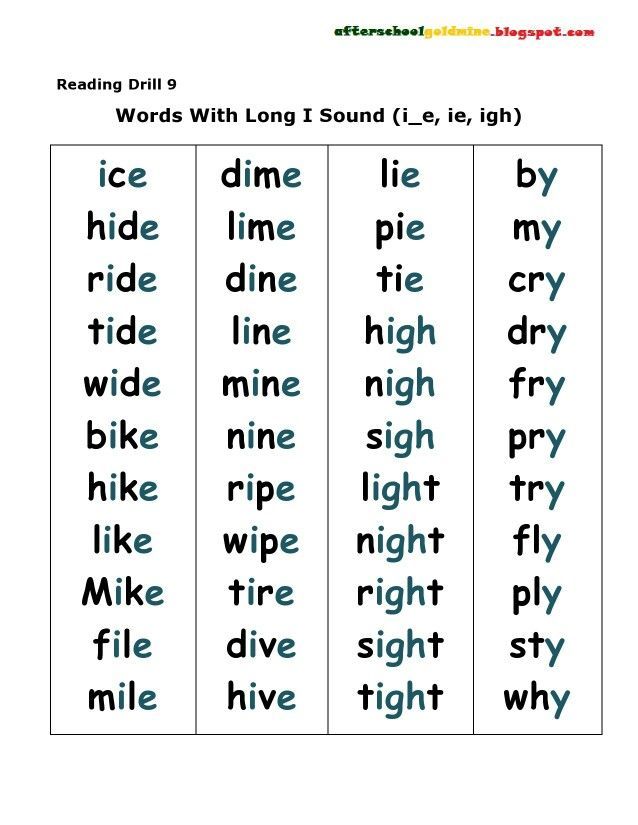 " Here are some other great examples of words with the short E sound.
" Here are some other great examples of words with the short E sound.
| ben | bed | beg | bet | den | fed |
| gem | get | gel | hen | hem | jet |
| keg | led | leg | let | men | met |
| net | pen | peg | pet | red | set |
| ten | Ted | vet | yet | wed | wet |
Short "I" Words
The short I sound is what you hear in words like "dim" or "fib.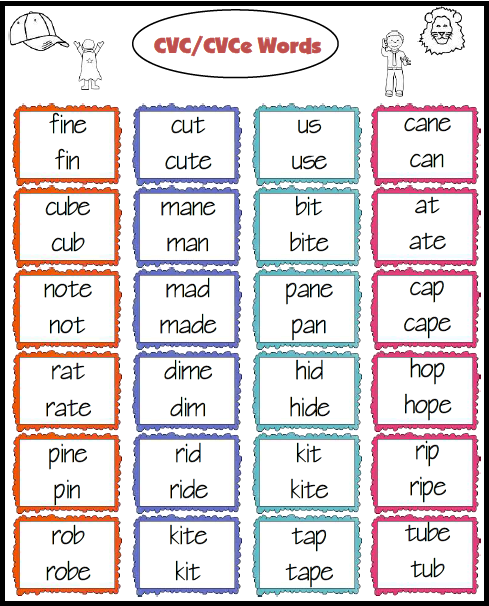 " Here are some other great examples of words with the short I sound.
" Here are some other great examples of words with the short I sound.
| bin | bid | big | bit | dim | did |
| dig | dip | fin | fig | fit | gin |
| gig | him | his | hid | hit | hip |
| jib | jig | kin | kid | kit | lid |
| lit | lip | nip | pin | pig | pit |
| rim | rid | rig | rip | sin | sit |
| sip | tin | tip | win | wit | zip |
Advertisement
Short "O" Words
The short O sound is what you hear in words like "con" or "nod.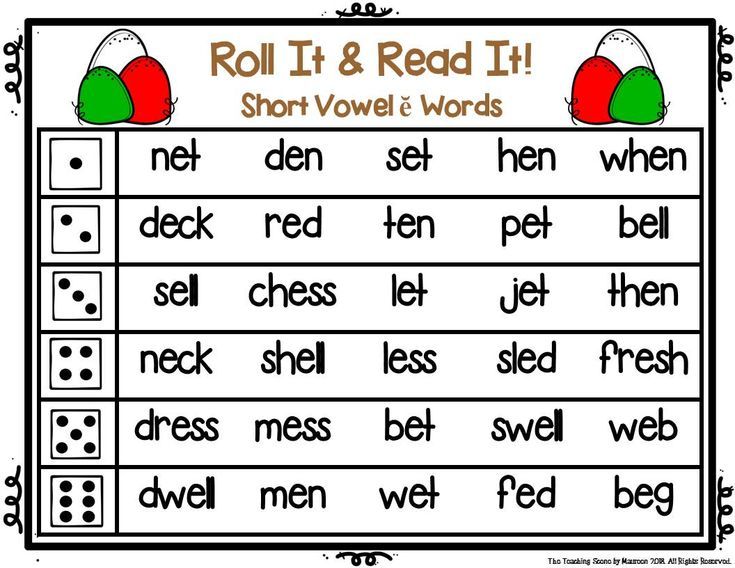 " Here are some other great examples of words with the short O sound.
" Here are some other great examples of words with the short O sound.
| bog | bop | con | cod | cog | cot |
| cop | don | dog | dot | fog | god |
| got | hog | hot | jog | jot | lob |
| log | lot | lop | mob | mom | mop |
| nod | not | odd | pod | pop | pot |
| rod | rot | sod | Tom | tot | top |
Short "U" Words
The short U sound is what you hear in words like "bus" or "hum.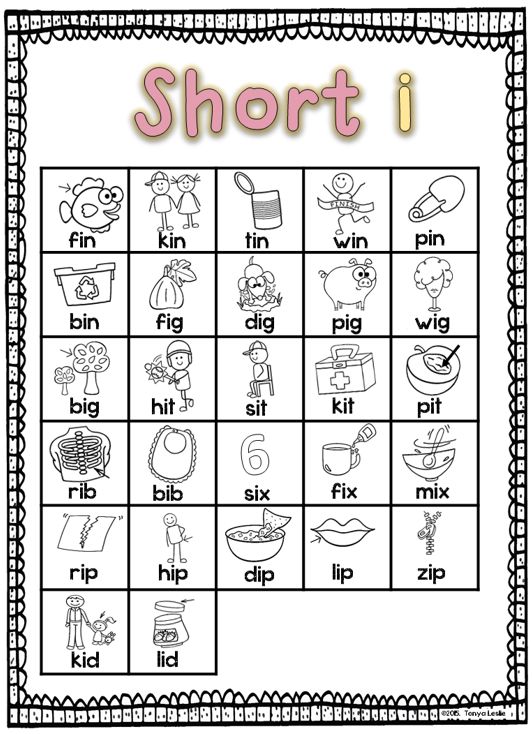 " Here are some other great examples of words with the short U sound.
" Here are some other great examples of words with the short U sound.
| bun | bum | bus | bud | bug | but |
| cud | cut | cup | dug | fun | gun |
| gum | Gus | gut | hum | hug | hut |
| jug | jut | lug | mug | nun | nut |
| pun | pug | pup | rub | run | rum |
| rug | rut | sub | sun | sum | tug |
List of Short Vowel Words Printable
Click to View & DownloadUsing Short Vowel Sounds
Though the above list of words with short vowels is incomplete, you can use it to understand the basic usage for the short vowel sounds.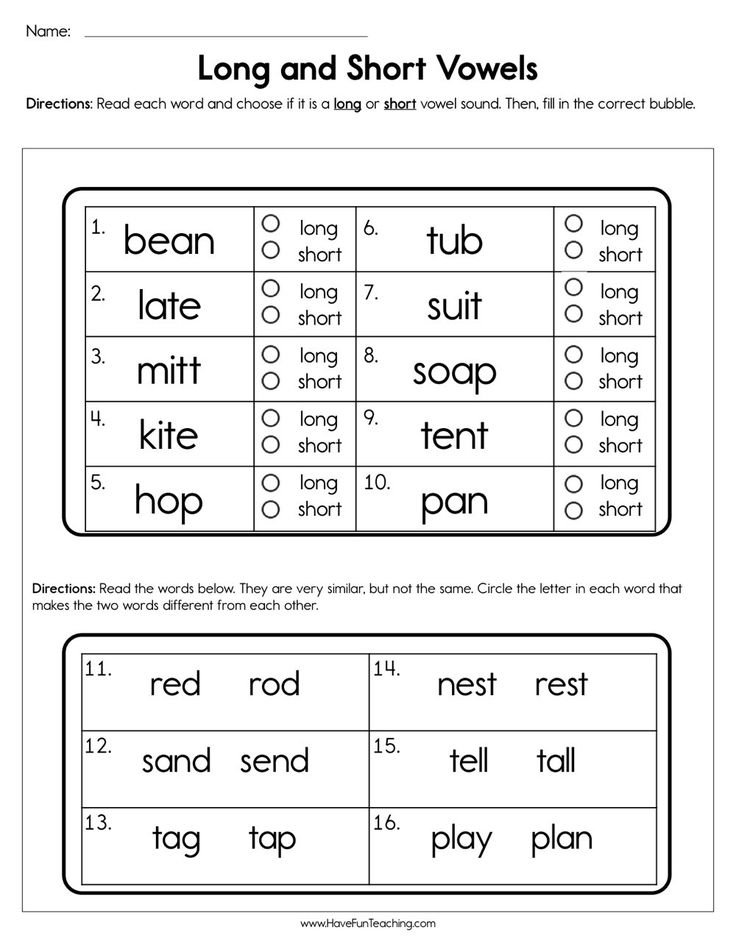 These short vowel sounds are often used in larger words as well. You might see them in words that also contain long vowel sounds, or even in two-lettered words, like "in," "it," and "at." Longer words, such as "magistrate" or "fascinate," use both short long vowel sounds.
These short vowel sounds are often used in larger words as well. You might see them in words that also contain long vowel sounds, or even in two-lettered words, like "in," "it," and "at." Longer words, such as "magistrate" or "fascinate," use both short long vowel sounds.
Some words use the short vowel sound and the long vowel sound, depending on the tense of the word. Words like "read," for example, are pronounced as the long vowel sound when the tense is present. For example, "We are reading this list of short vowel words."
However, when the tense is changed from present to past tense, the long vowel sound is taken away and the short vowel sound is introduced in the same word. For example, "I read the list of short vowel words, and understand much better now."
Advertisement
Pronunciation Pros
If you're teaching short vowel sounds to little learners, practice makes perfect. If you're teaching ESL students, here are some tips and resources for teaching ESL pronunciation.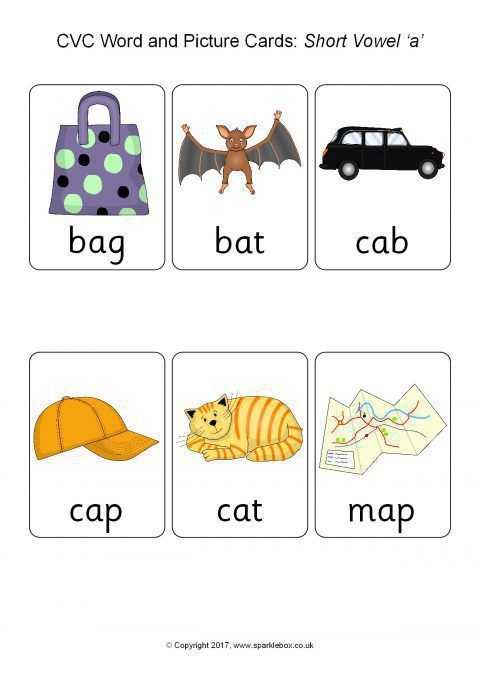 And, when you're ready for the flip side of the coin? Take a look at these examples of long vowel words too. You might also want to explore when "y" is a vowel.
And, when you're ready for the flip side of the coin? Take a look at these examples of long vowel words too. You might also want to explore when "y" is a vowel.
Sounds in English: pronunciation, transcription 🗣️
We will help you to speak English without hesitation
Start learning
146.9K
It happens that you speak English with a foreigner, but he does not understand you. And then you find out that the letter “a” alone can be pronounced in six different ways. We understand English sounds in order to sound correctly and speak the same language with foreigners.
In English, the number of words that are not pronounced at all as they are written is very high - this is the result of historical changes and the standardization of written English in the 17th century. Knowing how English sounds are read, you can almost always read even the most intricate word.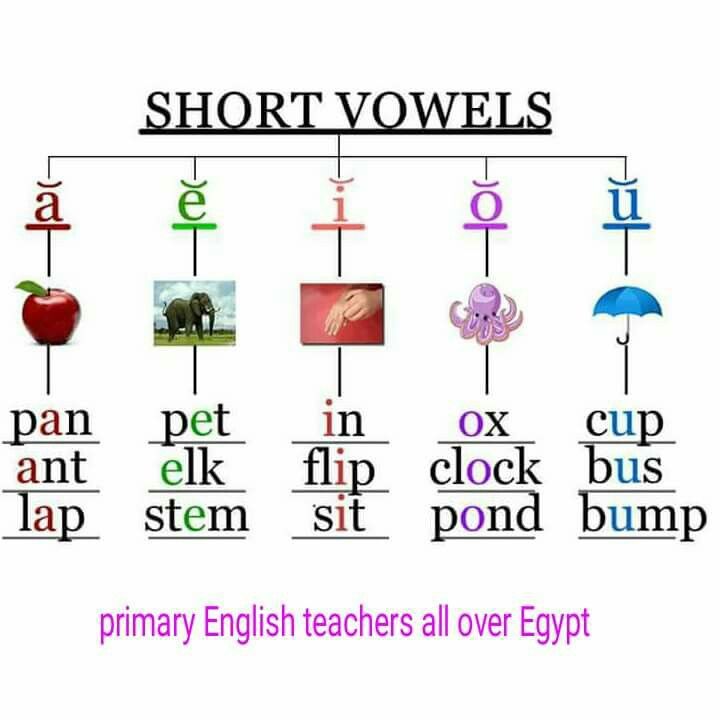
The English alphabet has 26 letters, 20 vowels and 23 consonants. The more you delve into the English language, the more difficult words you will meet along the way. The science of phonetics will come in handy here, just in time. And we will share life hacks on the study of this topic.
Transcription of English sounds
In order to study all possible variations of sounds, linguists have developed an alphabet that contains special characters. This alphabet was called International Phonetic Alphabet (International Phonetic Alphabet).
It is these characters that are used in modern transcriptions of English words. Transcription, by the way, is a graphic representation of sounds. Indicate the transcription in square brackets.
Let's look at the examples below, how one letter can be read in two different ways. The difference in pronunciation can depend on the type of syllable, the position of the letter in the word, and whether the vowel is stressed.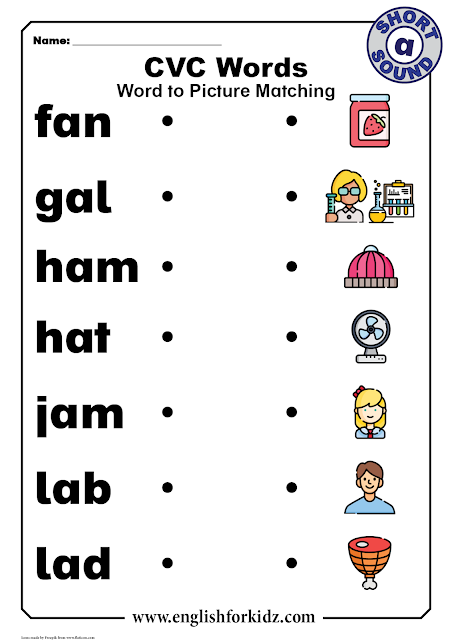
- In the word type (print/type), the letter y is in an open syllable and therefore reads as [aɪ].
- In the word copy (copy / copy), the letter y is in an unstressed syllable at the end of the word and therefore reads like [i].
However, it is worth trying to learn the pronunciation of sounds and various combinations of sounds. There is no division into short and long consonants in Russian. In English, the incorrect pronunciation of such vowels leads to significant changes in the meaning of the word.
So, for example, confusing the short and long sound [i] (read as “and” in the Russian word “game”), you can accidentally say “I boarded a sheep” - I boarded a sheep [ʃ iː p], not "I boarded a ship" - I boarded a ship [ʃ ɪ p].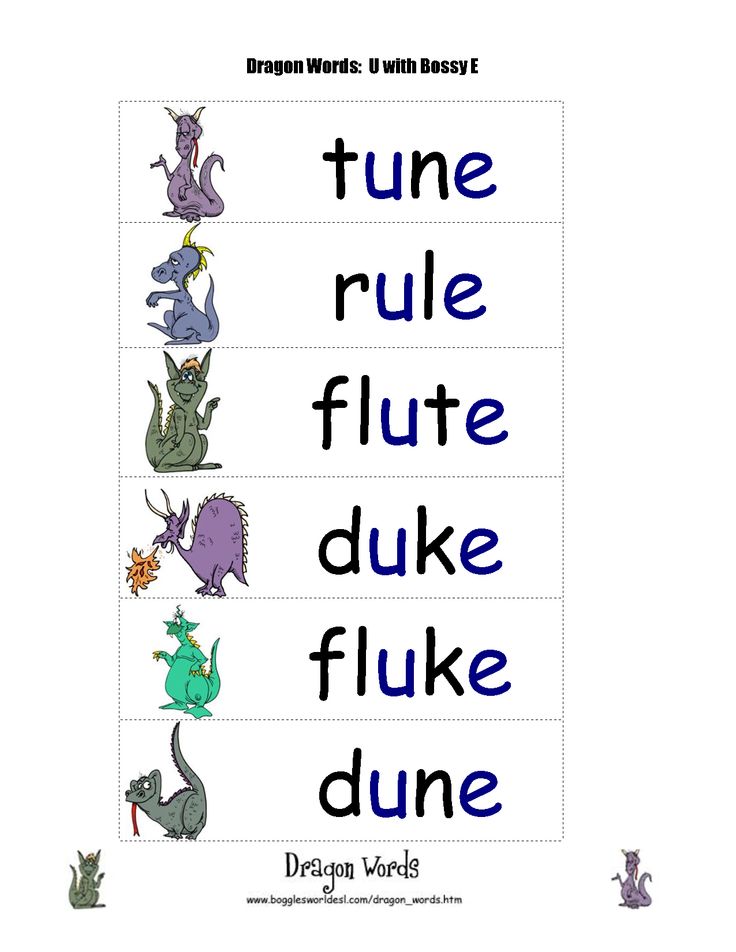
English proficiency test
This English proficiency test was compiled by the Skysmart online school tutors. They prepared interesting and relevant tasks on modern topics to make the test both useful and interesting
General Table of Consonants and Vowels of English (IPA)
Below is a table of all known English phonemes. The vowels are in the gray area and the consonants are in the yellow area. Short and long vowels are indicated on a light gray background, and diphthongs - sounds consisting of two elements - are located on a dark gray background.
All consonants are on a yellow background and are distinguished by font color. Voiceless consonants ( voiceless/unvoiced ) are marked in gray, and voiced ones ( voiced ) - black.
How many English words do you already know?
Let's define your vocabulary - without complex questions and with the help of smart algorithms.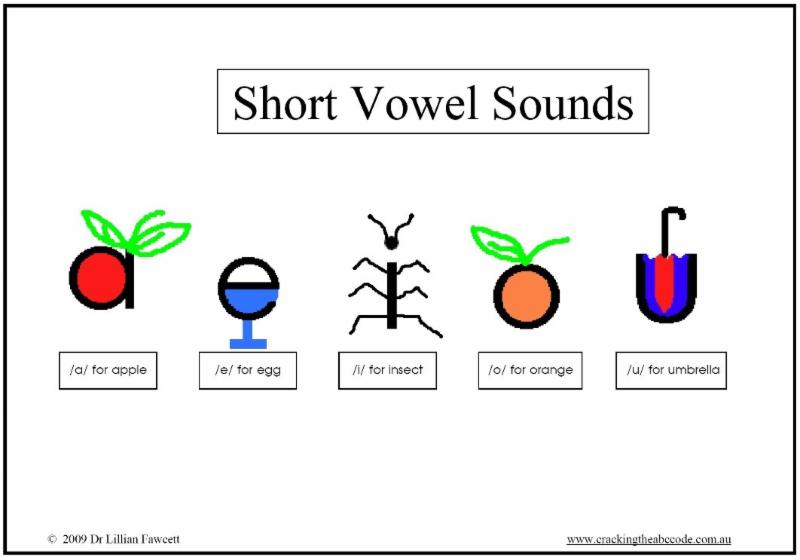
Classification of sounds in English
In English, sounds are divided into two groups: vowels and consonants. Let's take a look at them.
Another effective way to quickly memorize English sounds is to sign up for English lessons for children 8 years old online at Skysmart School.
Your A in English.
With detailed homework solutions from Skysmart
Vowel sounds of the English language
From the school curriculum of the Russian language, we remember that the main characteristic of vowel sounds is their melodiousness. This is due to the fact that when pronouncing a vowel sound, the air passing through the vocal cords vibrates and the sound freely leaves the oral cavity without encountering any obstacles in its path. Here is the rule for pronunciation of vowels:
| Vowel | IPA | Word examples | Vowel | IPA | Word examples |
| /a/ | æ | c a t | /oo/ | - | l oo k, w ou ld, p u t |
| /e/ | and | p e g, br ea d | /ar/ | ɑ: | c ar t, f a st (regional) |
| /i/ | ɪ | p i g , g i ve | /ur/ | ɜ: | b ur n, f ir st, t er m, h ear d, w or k |
| /o/ | ɒ | l o g, w a nt | /au/ | ɔ: | t or n, d oor , w ar n, h au l, l aw , c a ll |
| /u/ | - | pl u g, l o ve | /er/ | ə | wood e n, circ u s, sist er |
| /ae/ | eɪ | p ai n, d ay , g a t e , st a 0003 | /ow/ | aʊ | d ow n, sh ou t |
| /ee/ | i: | sw ee t, h ea t, th ie f, th e s e | /oi/ | ɔɪ | c oi n, b oy |
| /ie/ | aɪ | tr ie d, l igh t, m y , shin e , m i nd | /air/ | eə | st air s, b ear , h are |
| /oe/ | or | r oa d, bl ow , b o ne, c o ld | /ear/ | ɪə | f ear , b eer , h ere |
| /ue/ | u: | m oo n, bl ue , gr ew , t u ne | /ure/ | ʊə | p ure , c u re |
Consonant sounds of the English language
When articulating a sound, the air flow encounters obstacles in its path formed by the organs of speech: tongue, lips, teeth and alveoli.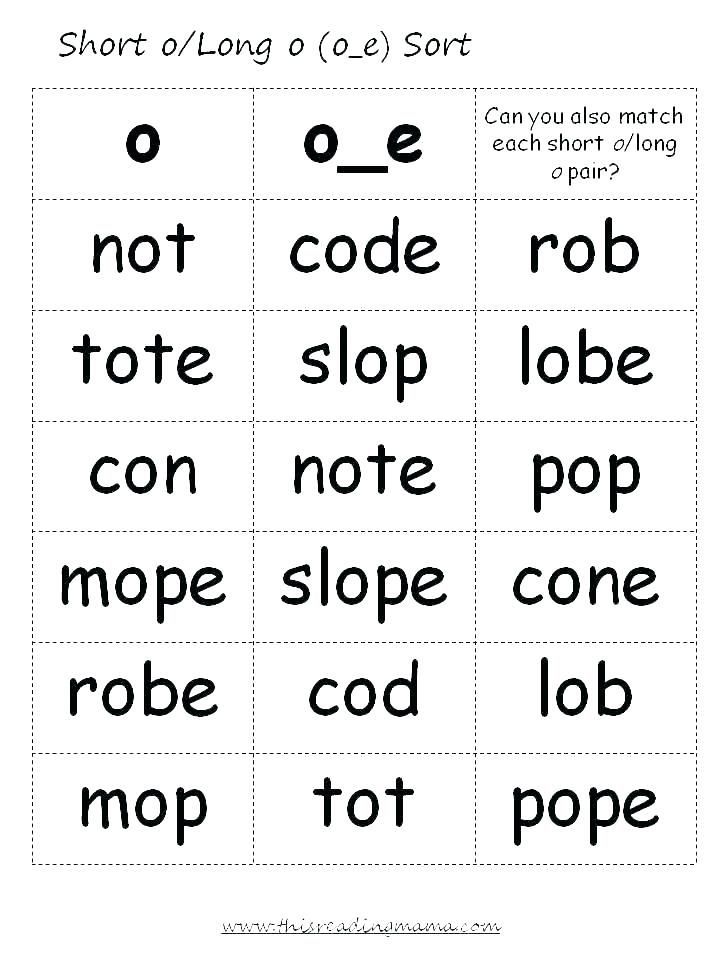 Passing through these barriers, air passes through the gap and noise is created.
Passing through these barriers, air passes through the gap and noise is created.
| Consonant | IPA | Word examples | Consonant | IPA | Word examples |
| /b/ | b | b aby | /r/ | r | r abbit, wr ong |
| /d/ | d | d og | /s/ | s | s un, mou se , c ity, sc ience |
| /f/ | f | f ield, ph oto | /t/ | t | t ap |
| /g/ | g | g ame | /v/ | v | v an |
| /h/ | h | h at | /w/ | w | w as |
| /j/ | - | ju dg e, g iant, bar ge | /y/ | - | and es |
| /k/ | k | c oo k , q ui ck , mi x , Ch ris | /z/ | z | z ebra, plea se , i s |
| /l/ | l | l amb | /th/ | to | th en |
| /m/ | m | m onkey, co mb | /th/ | θ | th in |
| /n/ | n | n ut, kn ife, gn at | /ch/ | - | ch ip, wa tch |
| /ng/ | ŋ | ri ng , si n k | /sh/ | ʃ | sh ip, mi ss ion, ch ef |
| /p/ | p | p a p er | / | - | trea s ure |
English cheat sheets for parents
All English formulas at hand
Natalya Naumova
for the previous article
153.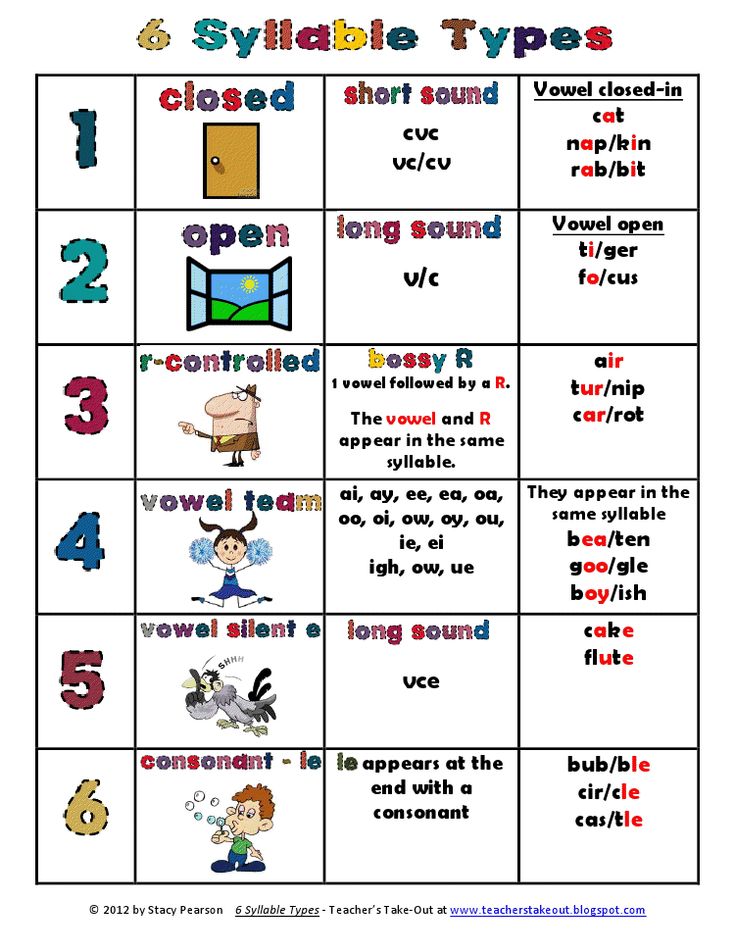 9k
9k
Prepositions in English
for the next article
320.4K
times in English
Get a development plan in the free introduction lesson
9000 Premium 9000 Premium 9000 Premium 9000 At an introductory lesson with a methodologist-
We will determine the level and give advice on learning
-
We will tell you how the classes are going
-
Let's choose a course
Rules for phonetic parsing of words, phonetics of vowels and consonants
Contents:
• Notation and transcription
• Rules for ь, ъ
• Phonetics of vowels
• Phonetics of consonants
phonetic analysis of the word: compilation of transcription and phonetic characteristics. Consider the rules for soft and hard signs, for vowels and consonants. There are some nuances from the list of rules that are paid attention to in the middle classes and not studied in elementary school, we will give examples for them.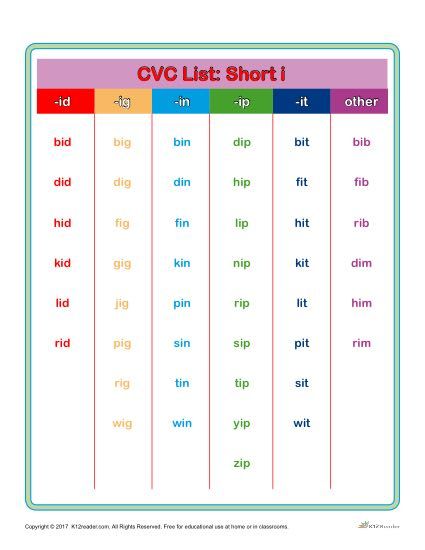 The rules considered on this page are correct and complete only for the school curriculum.
The rules considered on this page are correct and complete only for the school curriculum.
Designations
Designations used in phonetic analysis:
- Transcription of the word is enclosed in square brackets: family → [s'im'y'a]. Sometimes in transcription they put an accent mark: [s'im'y'a ́];
- Each sound in phonetic analysis is enclosed in square brackets: s - [s], i - [i], m - [m'], etc. Opposite the soft and hard signs put a dash or a dash in square brackets: b - [–];
- The softness of sound is marked with an apostrophe: m - [m'];
- Long sound (long sound) denoted through a colon: tennis → [t'en':is], loader → [sad':ik];
instead of a colon, a long sound is also indicated by a horizontal bar above the sound; - In most school programs, at the end of phonetic analysis, a line is drawn, under which the number of letters and sounds in the word is indicated.
A detailed plan, oral and written examples of phonetic analysis are presented on the plan and examples page, more details about transcription are written in a flock about the sounds of the Russian language.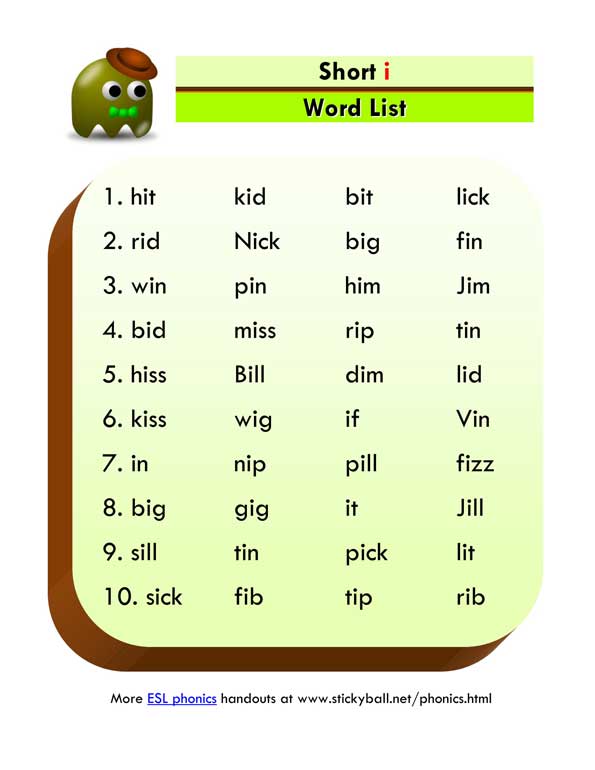
Cafe → [cafe], compartment → [coupe], hotel → [atel'].
Ball → [m'ach'], chalk → [m'el].
Rowan → [r'eb'ina], spot → [p'itno], fun → [v'es'ila], cow → [karova].
phonetics of consonants
- in the phonetic analysis of the softs, are indicated h'], etc.
- In phonetic analysis, a long sound (stretching) is indicated by a colon [g:], [c:] or a dash above the sound [g], [c].
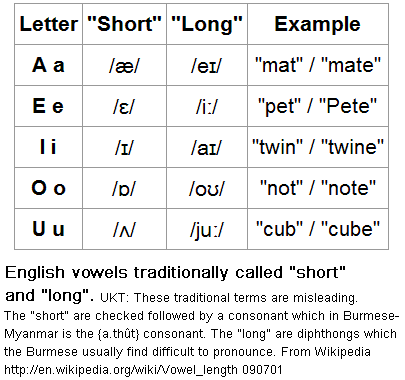
- The letters y, h, u always denote soft sounds: [i'], [h'], [u']. They remain soft even if they are followed by the vowels a, o, y, s, e.
- The letters zh, ts, sh always denote solid sounds: [zh], [ts], [sh]. They remain solid even if they are followed by the vowels i, e, u, i, e.
- The letters l, m, n, p, d always denote voiced sounds and are called sonorants.
- Letters x, c, h, u always denote voiceless sounds.
- Voiced/deafness paired consonants at the end of a word and before a voiceless consonant denote a voiceless sound: b → [p], e → [t], r → [k], s → [s], c → [f]:
pillar → [pillar], train → [poi'est]. - The unpronounceable consonants v, d, l, t in the root do not denote sound:
feeling → [feelings], sun → [sonts'e]. - Double consonants after a stressed vowel give a long sound:
group → [group:a], tennis → [ten:is]. - Double consonants before a stressed vowel give a single consonant sound:
million → [m'il'ion], alley → [al'ey'a].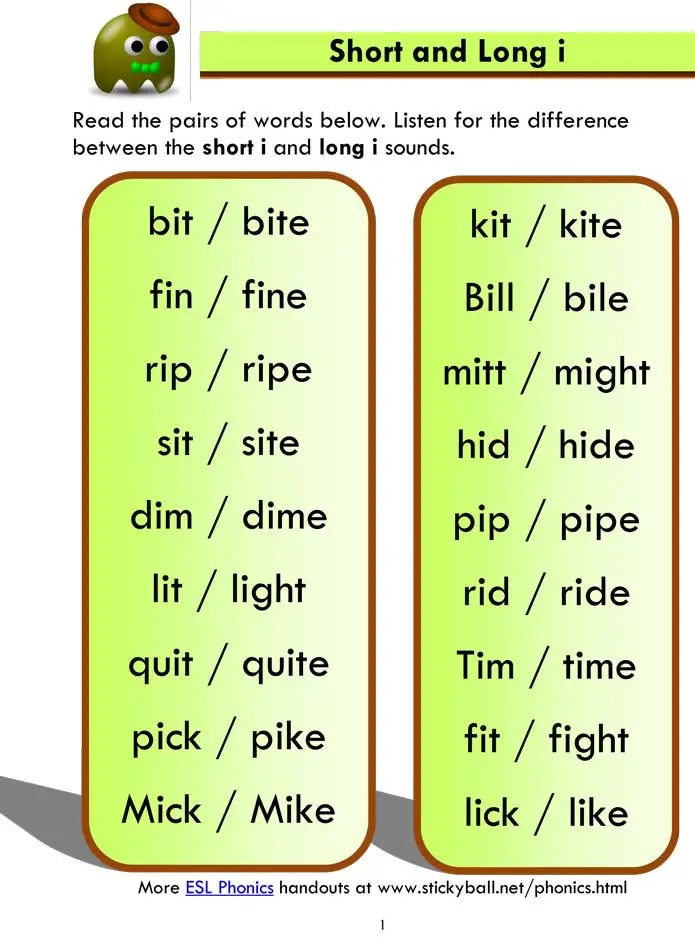
In some cases:
- The letter c at the beginning of a word means a voiced sound [з]:
did → [z'd'elal]. - The letter g before a voiceless consonant is pronounced as [k] or [x]:
claws → [kokt'i], soft → [m'ah'k'y'] - Consonants between the root and the suffix before a soft consonant are pronounced softly :
umbrella → [zon't'ik]. - The letter n denotes a soft sound before the consonants h, u:
cup → [glass'ch'ik], changer → [sm'en'sch'ik]. - The combination -ch-, -th- is pronounced like [sh]:
of course → [kan'eshna], boring → [boring] that → [shto].
The combination of certain consonant letters in words gives a long or unpronounceable sound:
- The combination of letters -зж- denotes one sound [zh:]:
get rid of → [izh:yt'], leave → [uizh:at']. - The combination of letters -ts-, -ts- denotes one sound [ts:]:
swim → [merchant: a]. - The combination of letters -stn- is pronounced as [sn], -stl- - [sl], -zdn- - [zn]: .
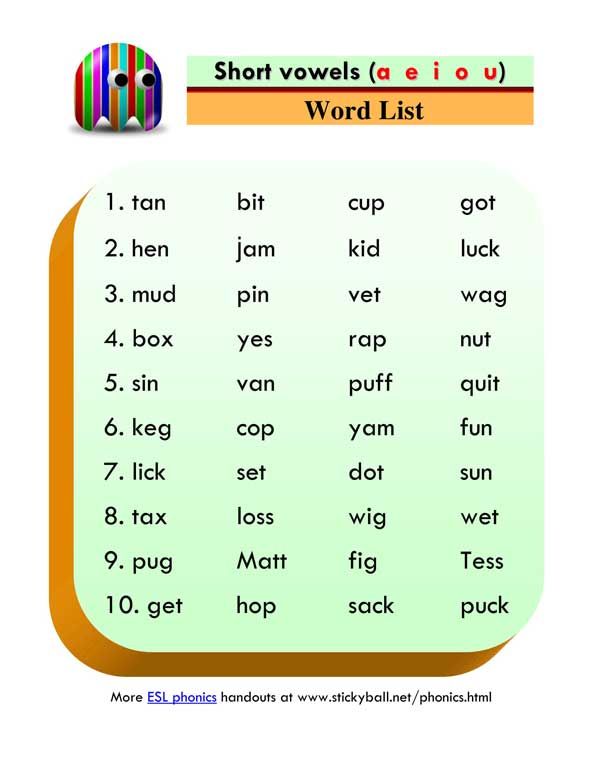
- In the endings of adjectives -th, -his, the consonant Г denotes the sound [v]:
gold → [zalatov], blue → [sin'eva]. - Combinations of letters -sch-, -zch-, -zhch- denote the sound [u']: 'ik].
These are all the basic rules of phonetic parsing. To consolidate the topic within the framework of the school curriculum, the publication of Litnevskaya E.I. "Russian language. A short theoretical course for schoolchildren.
There are a number of rules for the Institute's program and in-depth study of Russian phonetics. The rules take into account the subtleties of modern phonetic pronunciation and phonetic features over the past centuries. Such rules are not considered in the school curriculum, so as not to complicate an already difficult topic for students to understand. So, outside the framework of the school curriculum, variants with a soft sound [zh '], including those characteristic of the old Moscow pronunciation, are considered. At the root of the word in the combinations -zhzh-, -zhzh- and -zhd- in the word rain, instead of a hard sound [zh:], there is a soft [zh ':].